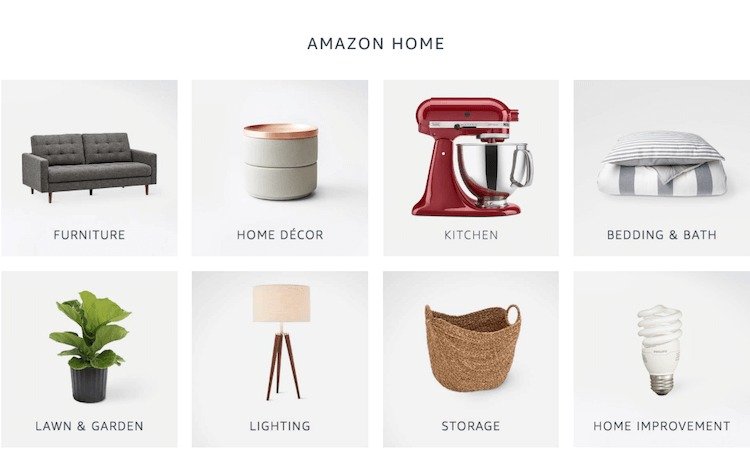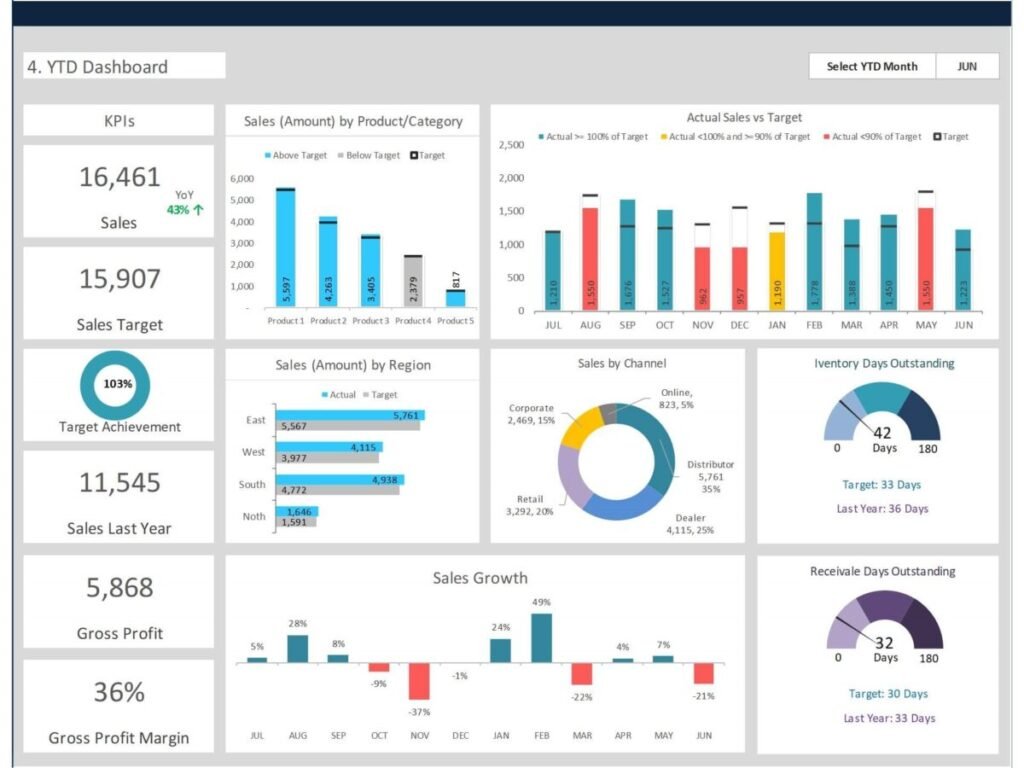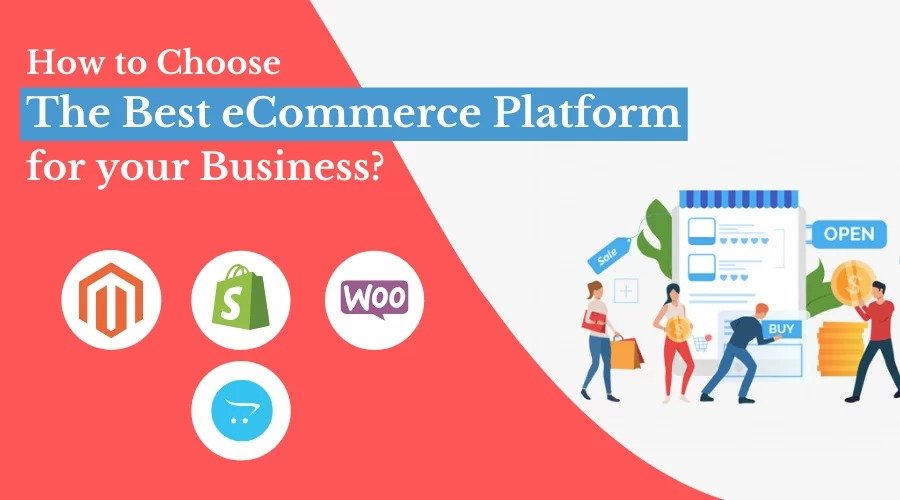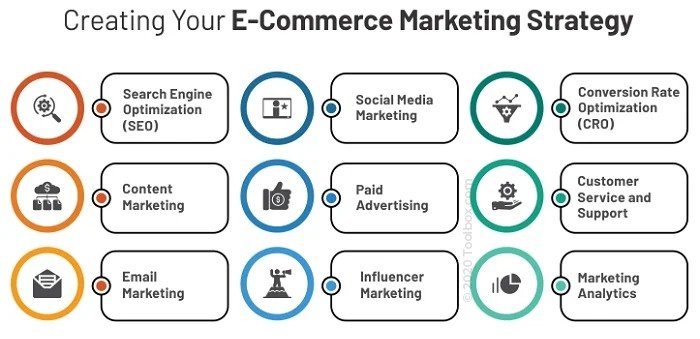Start E-commerce business in 2024 is a smart move, as online shopping continues to grow in the United States. With the right tools and strategy, anyone can successfully set up an e-commerce store. This easy-to-read guide will walk you through every step, helping you launch your e-commerce venture with confidence.

Step 1: Identify Your Niche and Target Market
Choosing the right niche is crucial for your e-commerce success. Focus on a product category that is in demand but not overly saturated.

Tips for Finding Your Niche:
- Research Trending Products: Look at marketplaces like Amazon, eBay, and Walmart to find trending products. Pay attention to categories that consistently appear in best-seller lists.
- Solve Customer Pain Points: Identify common problems and find solutions with unique products.
- Analyze Social Media Trends: Platforms like TikTok, Instagram, and Pinterest can provide insights into emerging product trends.
- Check Google Trends: Monitor search volume trends to see whether interest in a product is growing or declining.
Example Niches for 2024:
- Sustainable products (like reusable household items)
- Personalized gifts (custom jewelry, engraved items)
- Tech gadgets and accessories (smart home devices)
Step 2: Conduct Market Research
Before launching, understanding your competition and audience is essential.

Key Market Research Steps:
- Competitor Analysis: Analyze competitors’ websites, pricing strategies, and customer reviews. Understand what makes their product offerings stand out.
- Customer Surveys: Use online survey tools like Google Forms or Typeform to gather insights from your target audience.
- Data Analytics Tools: Use tools like SEMrush, SimilarWeb, and Ahrefs to gather competitive insights and keyword data.
- Evaluate Market Demand: Platforms like Jungle Scout and Helium 10 can help estimate sales volume for products on Amazon.
Step 3: Choose Your E-commerce Business Model
When you start e-commerce business, there are several business models to consider
Common Models:
- Dropshipping: No inventory required; sell directly from suppliers. Ideal for entrepreneurs looking to minimize upfront investment.
- Private Label: Sell customized products under your brand. Offers better profit margins and brand control.
- Print-on-Demand: Sell custom designs printed on products such as apparel and home decor without holding inventory.
- Wholesale: Buy products in bulk at discounted rates and resell them for profit.
- Subscription Boxes: Curate and deliver products on a recurring basis.
Step 4: Register Your Business and Domain Name
When you start an e-commerce business, it’s essential to register it to operate legally.
Steps to Register:
- Choose a Business Name: Pick a unique name that aligns with your brand and products.
- Register Your Business: File for a business license based on your state’s requirements.
- Obtain an EIN: Register with the IRS to get an Employer Identification Number (EIN) if you plan to hire employees or operate as an LLC.
Domain Name Tips:
- Keep it short and easy to remember.
- Avoid using numbers or hyphens.
- Use domain name providers like GoDaddy or Namecheap to purchase and secure your domain.
Step 5: Choose the Right E-commerce Platform
The platform you choose will determine your store’s functionality and user experience.

Top E-commerce Platforms:
- Shopify: User-friendly with built-in marketing tools. Ideal for beginners.
- WooCommerce: A flexible option for WordPress users with robust plugin support.
- BigCommerce: Scalable for growing businesses with advanced customization options.
- Squarespace: Stylish templates for design-focused businesses.
Factors to Consider:
- Ease of use
- Payment gateway integrations
- Mobile responsiveness
- Scalability as your business grows
Step 6: Set Up Your Online Store
Create a user-friendly and attractive online store as part of your e-commerce setup guide.

Essential Elements:
- Clear Navigation Menu: Help customers find products easily with well-organized categories.
- Mobile-Responsive Design: Ensure your site looks great and functions well on mobile devices.
- High-Quality Product Images: Use multiple angles and zoom features to showcase your products.
- Secure Checkout Process: Offer trusted payment methods and SSL encryption.
Pro Tips:
- Include product videos for a better shopping experience.
- Highlight customer reviews to build trust.
Step 7: Source Your Products
Finding reliable suppliers is key to ensuring product quality and timely delivery.

Product Sourcing Options:
- Wholesale Suppliers: Platforms like Alibaba and Faire offer bulk purchasing options.
- Dropshipping Directories: Use Oberlo, Modalyst, and Spocket for dropshipping partnerships.
- Local Manufacturers: Partner with local suppliers for faster delivery times.
- Trade Shows: Attend events like ASD Market Week to connect with suppliers.
Tips for Choosing Suppliers:
- Request product samples to verify quality.
- Evaluate supplier communication and response time.
- Check online reviews and ratings.
Step 8: Set Up Payment and Shipping Options
Offer multiple payment options and transparent shipping policies.
Recommended Payment Gateways:
- PayPal: Widely used and trusted by customers.
- Stripe: Great for businesses looking for global payment solutions.
- Square: Ideal for both online and in-person transactions.
Shipping Strategies:
- Free Shipping Threshold: Encourage higher order values by offering free shipping for orders above a certain amount.
- Multiple Shipping Options: Provide standard, expedited, and same-day delivery choices.
- Partner with Carriers: Consider UPS, FedEx, and USPS for reliable delivery.
Step 9: Develop an E-commerce Marketing Strategy
Promote your store to drive traffic and sales.

Effective Marketing Tactics:
- SEO (Search Engine Optimization): Optimize your website for keywords like “start e-commerce business” and “e-commerce setup guide.” Focus on content, backlinks, and on-page SEO elements.
- Social Media Marketing: Build brand awareness by creating engaging content and running ads on platforms like Instagram, Facebook, and Pinterest.
- Email Marketing: Use email campaigns to inform customers about promotions, new products, and updates.
- Influencer Collaborations: Partner with influencers to promote your products.
- Content Marketing: Create valuable blog content to improve search engine rankings and attract organic traffic.
Step 10: Launch Your E-commerce Store
Announce your launch and create buzz.
Pre-Launch Checklist:
- Test the entire shopping and checkout process to identify and fix any bugs.
- Ensure all payment and shipping integrations are working properly.
- Prepare a marketing campaign to promote your launch.
- Offer exclusive discounts or promotions to early customers.
Step 11: Monitor Performance and Optimize
Track your store’s performance to identify areas for improvement.
Key Metrics to Monitor:
- Traffic Sources: Understand where your visitors are coming from.
- Conversion Rates: Measure how many visitors are completing purchases.
- Cart Abandonment Rate: Identify issues causing customers to abandon their carts.
- Customer Feedback: Collect and analyze reviews to make improvements.
Optimization Tips:
- Use A/B testing to find the best-performing designs and copy.
- Implement retargeting campaigns to re-engage potential customers.
- Continuously update your product offerings and marketing strategies.
Final Thoughts
Start an e-commerce business in 2024 for a rewarding journey when done right. By following this step-by-step e-commerce setup guide, you can build a strong foundation for your online store and attract U.S.-based customers effectively. When you start an e-commerce business with strategic marketing and continuous optimization, your venture can thrive in the competitive market.






